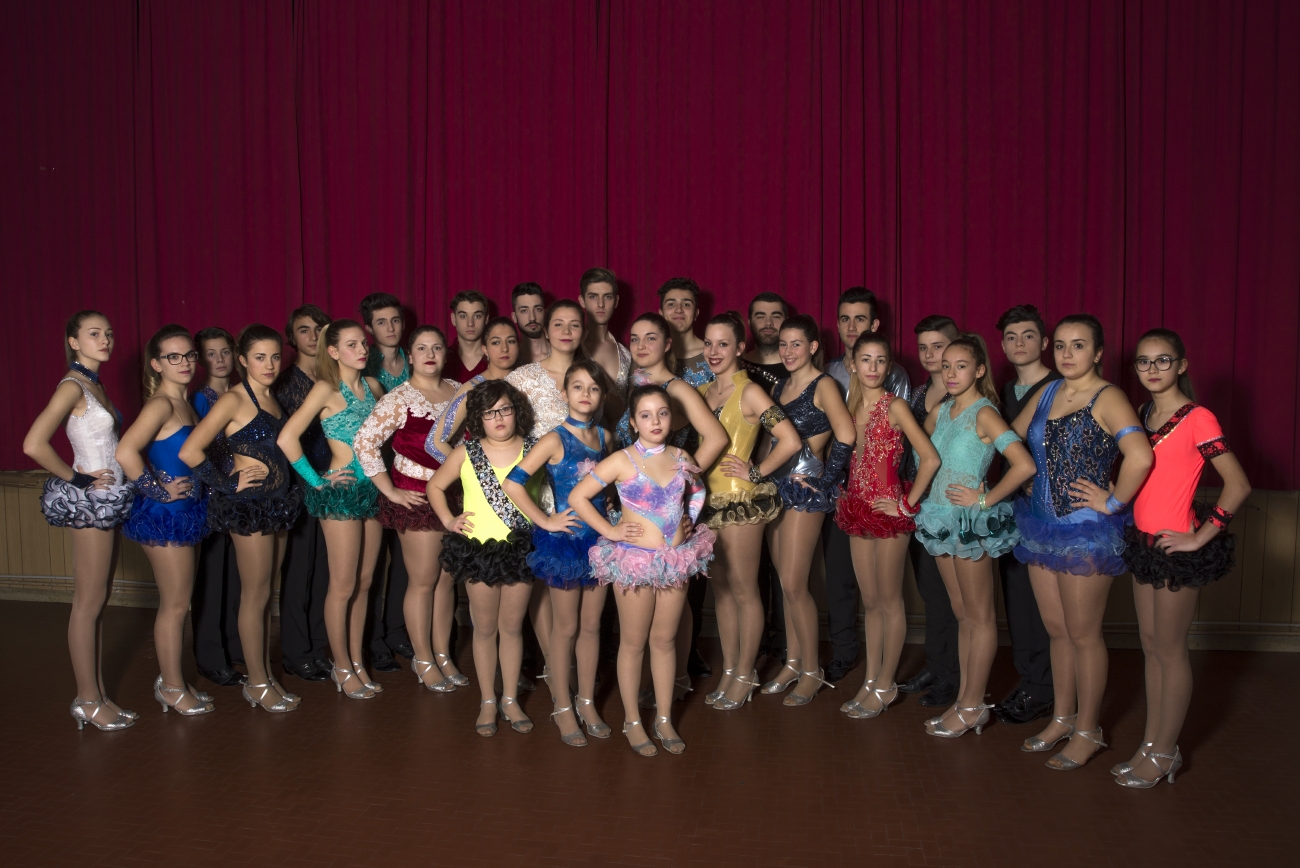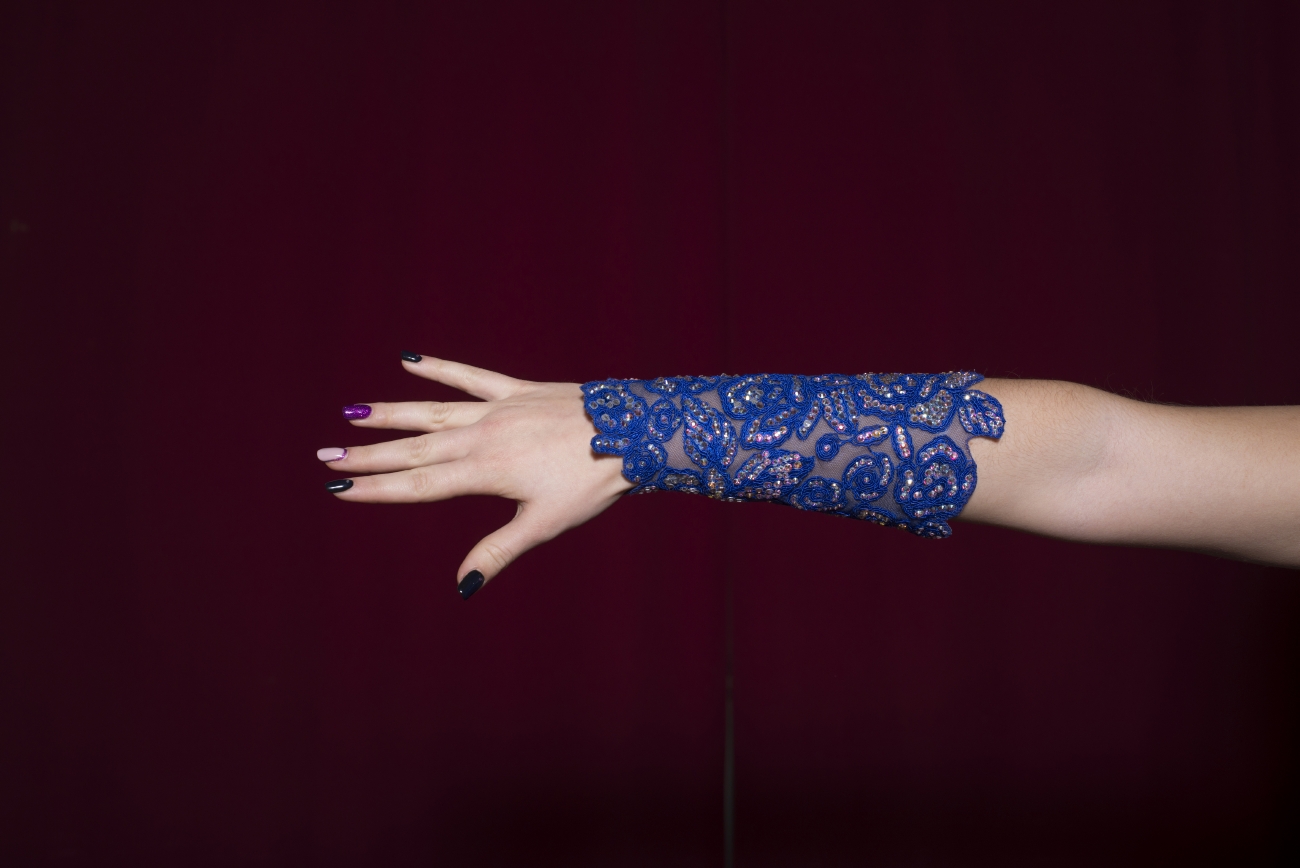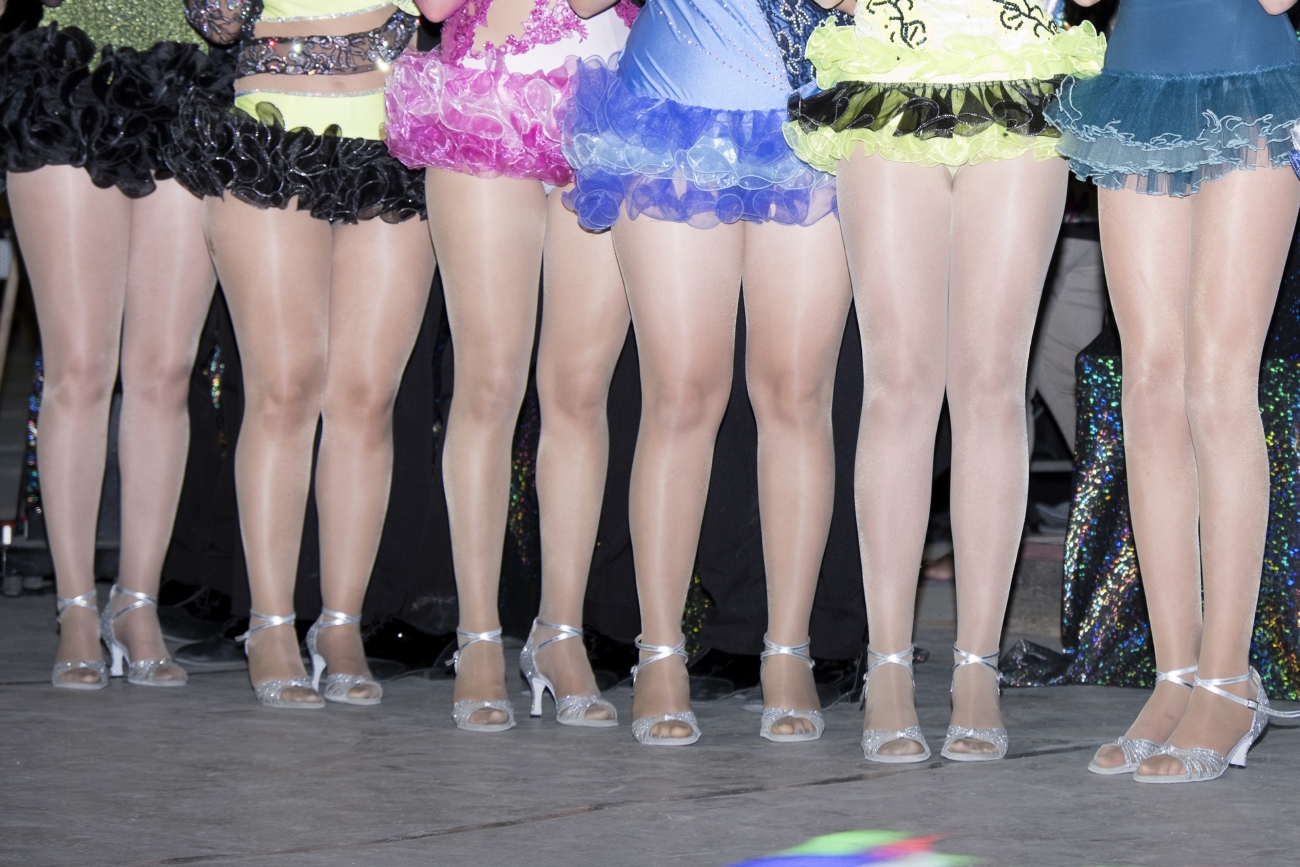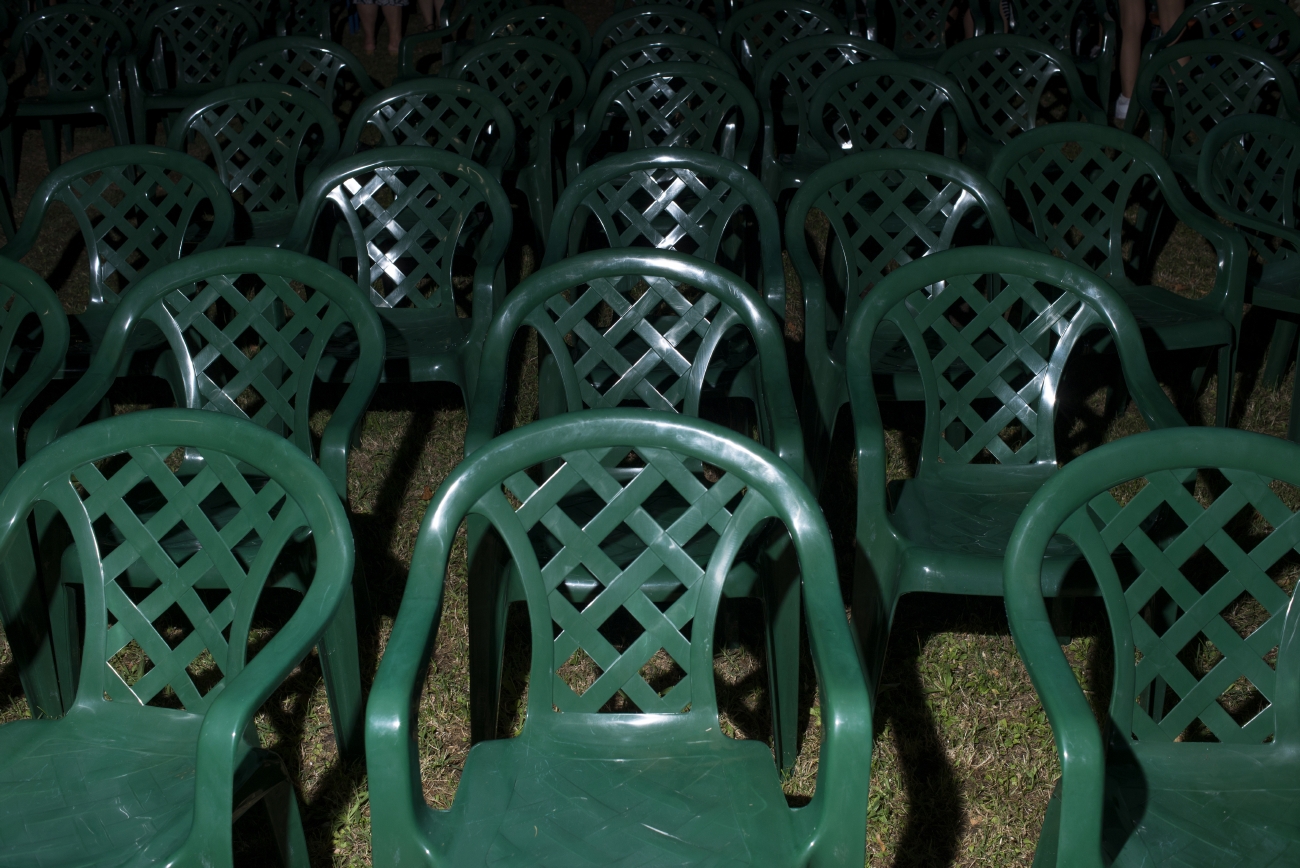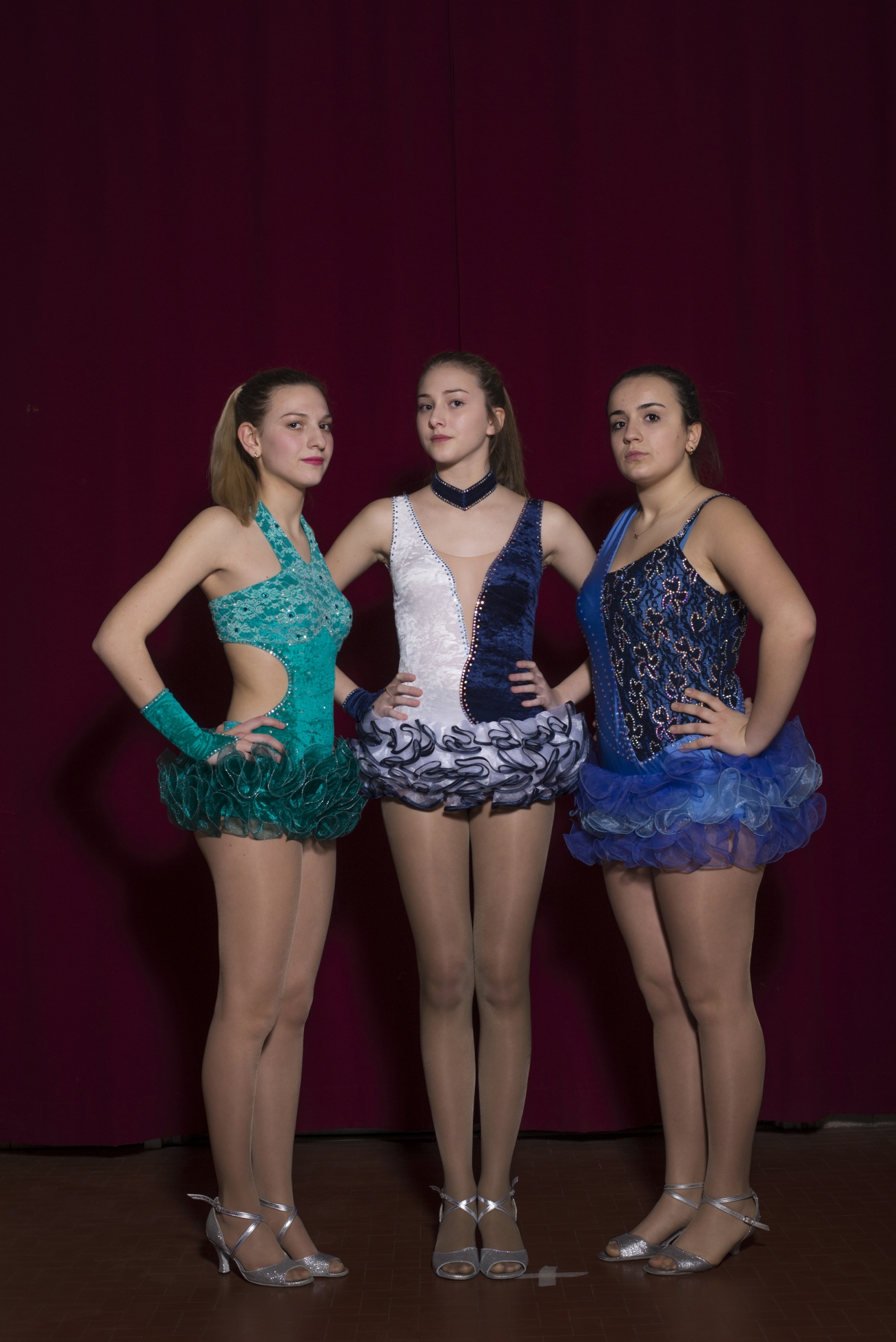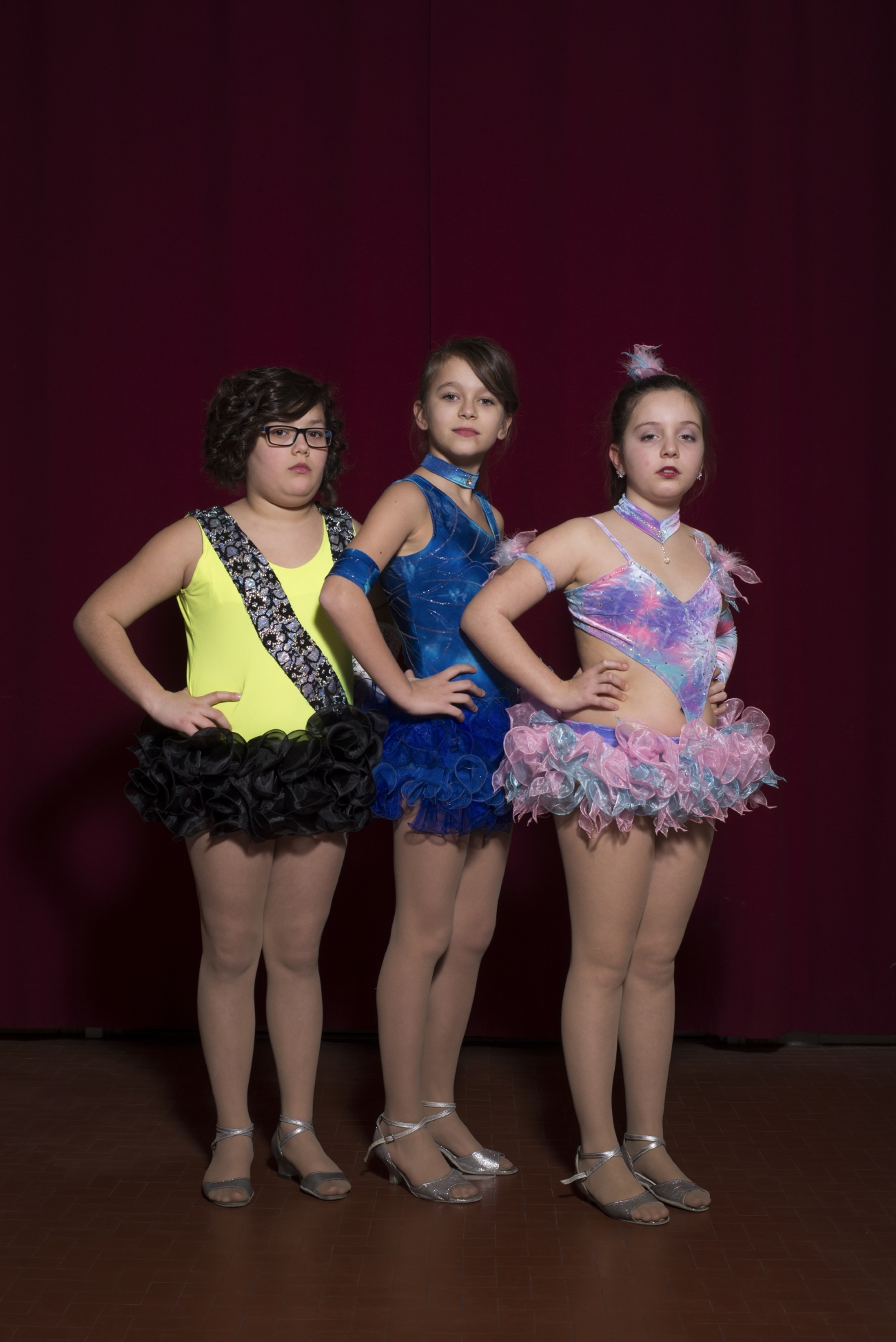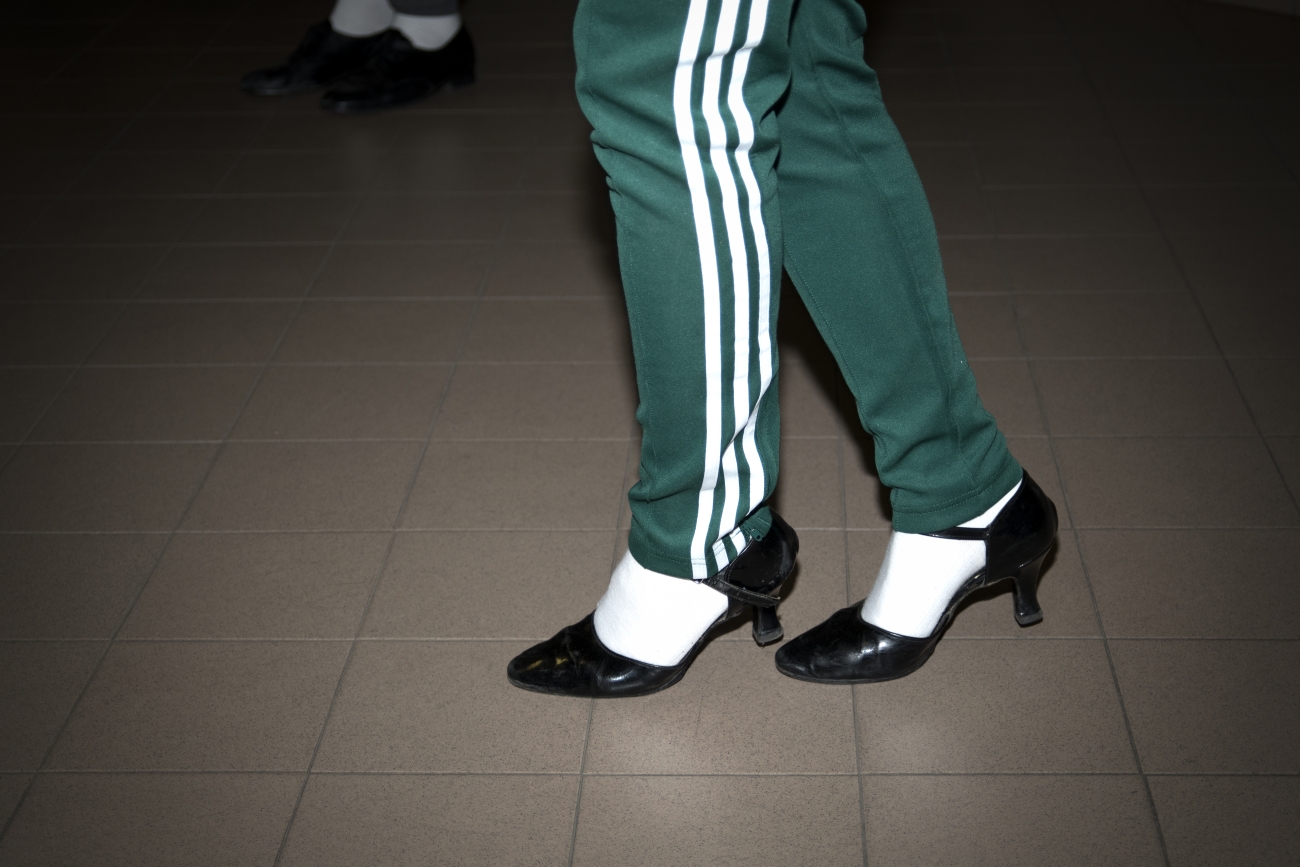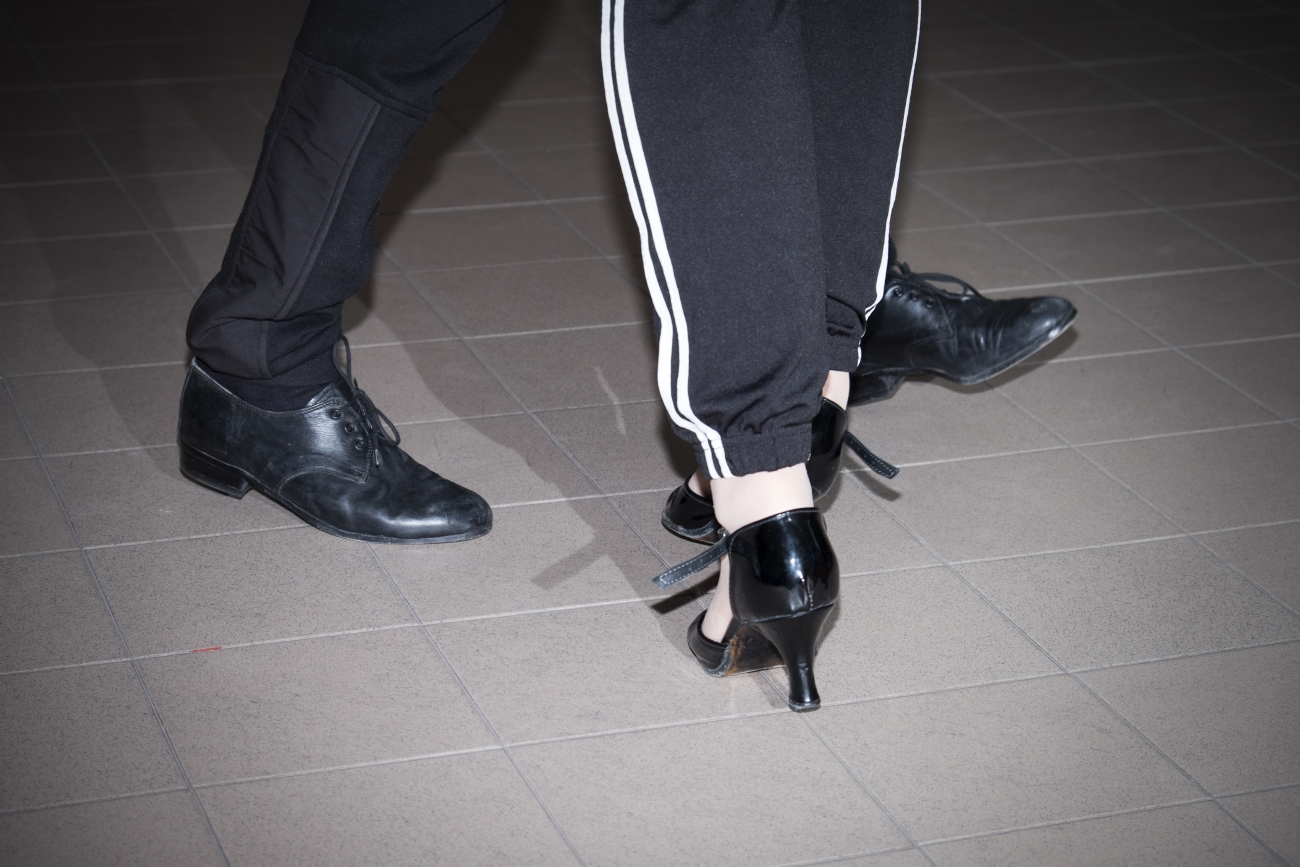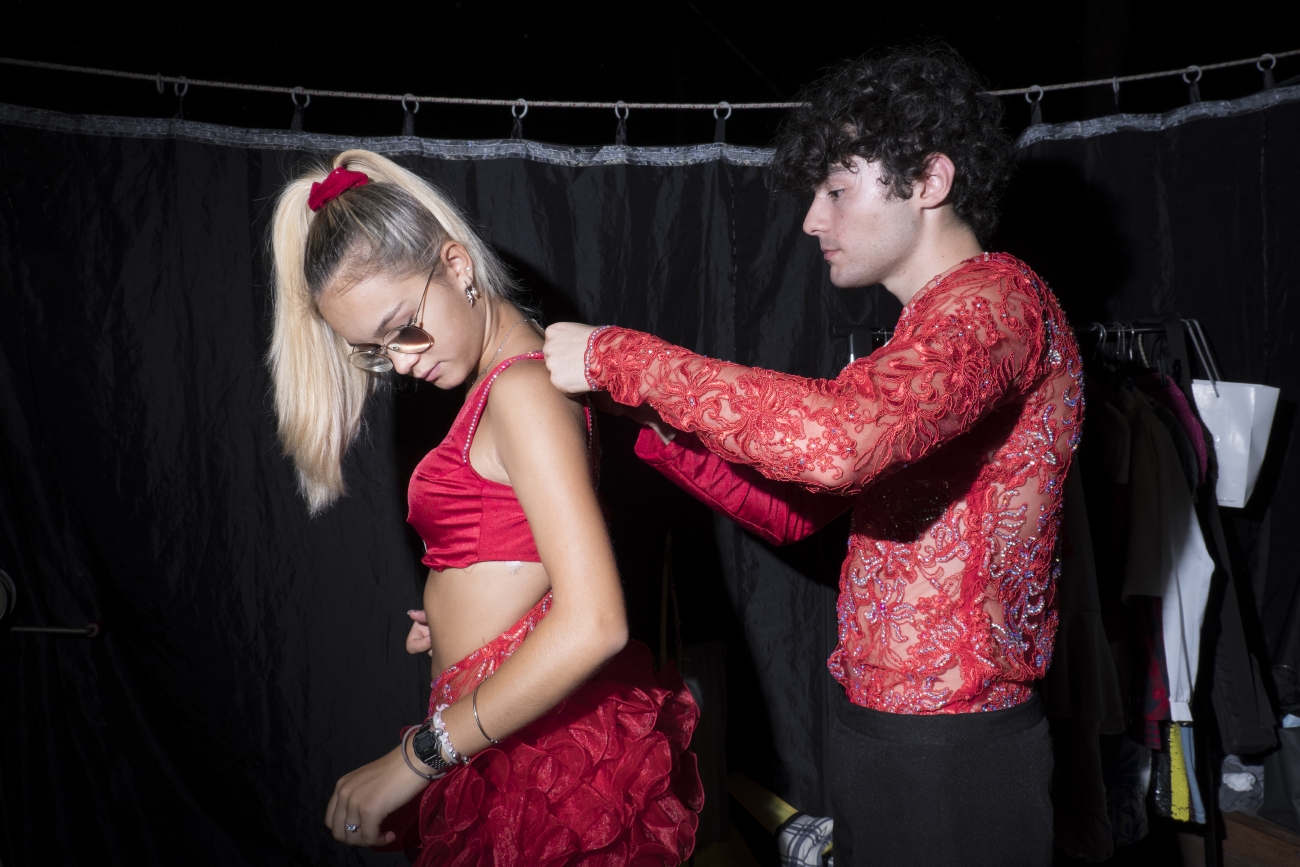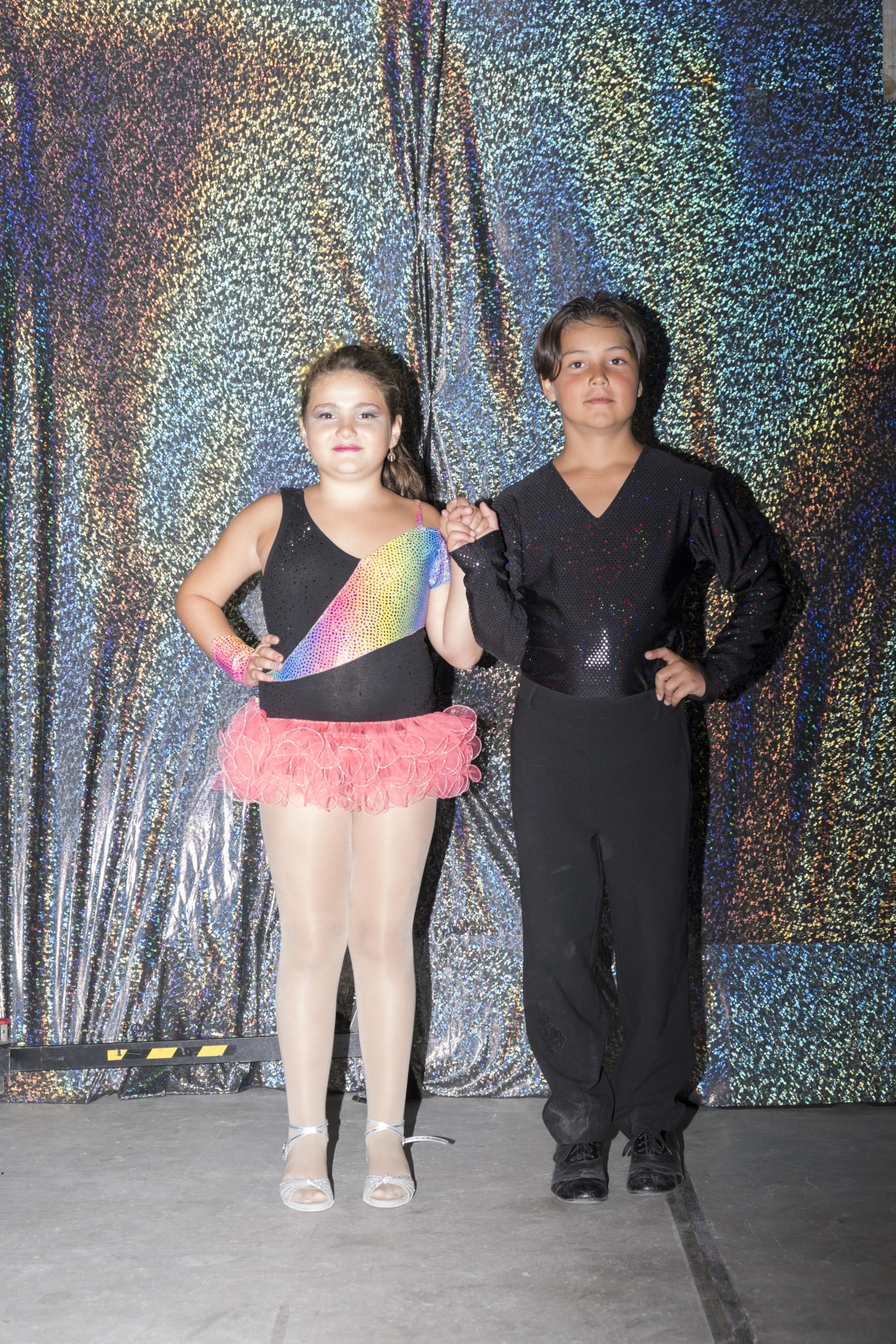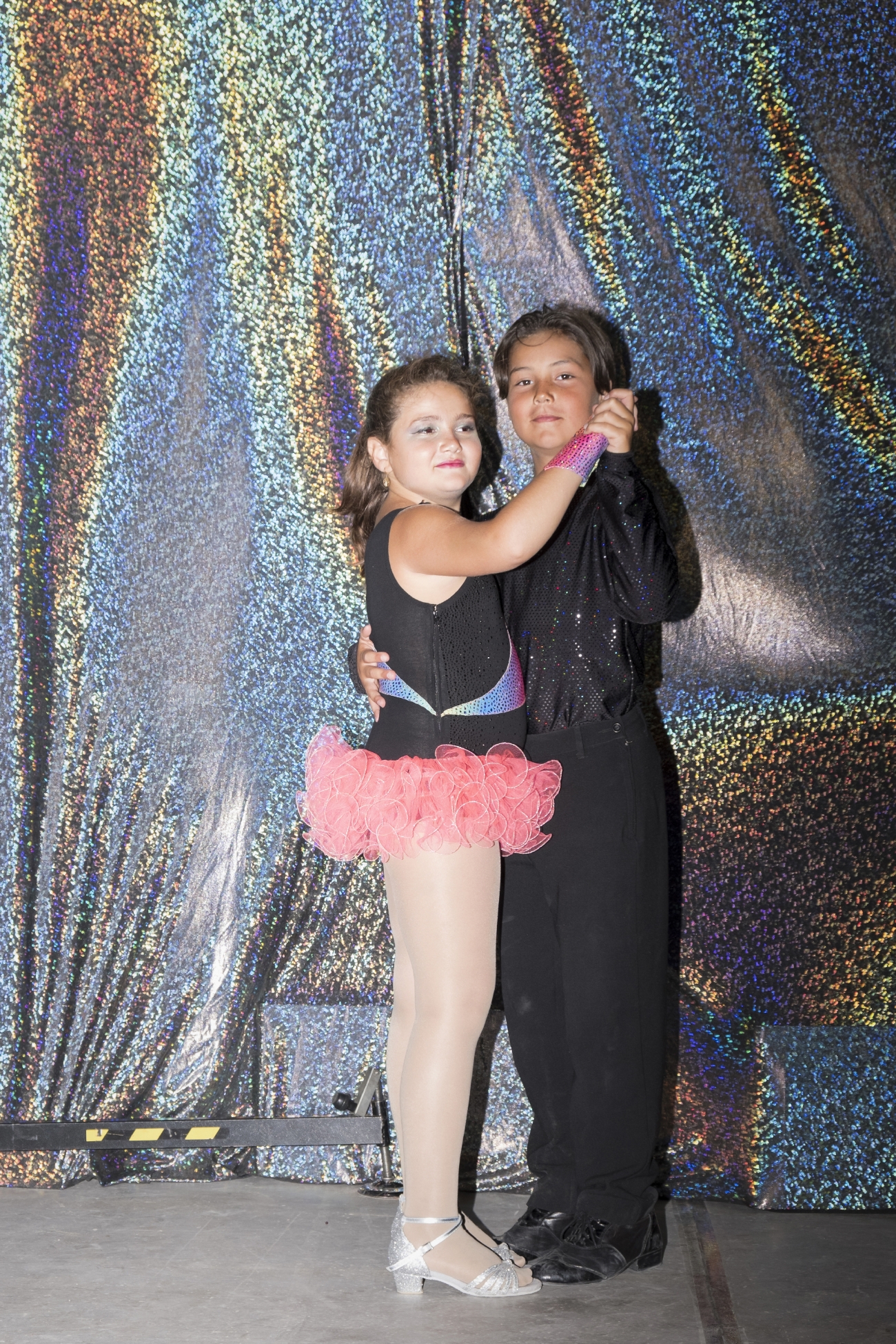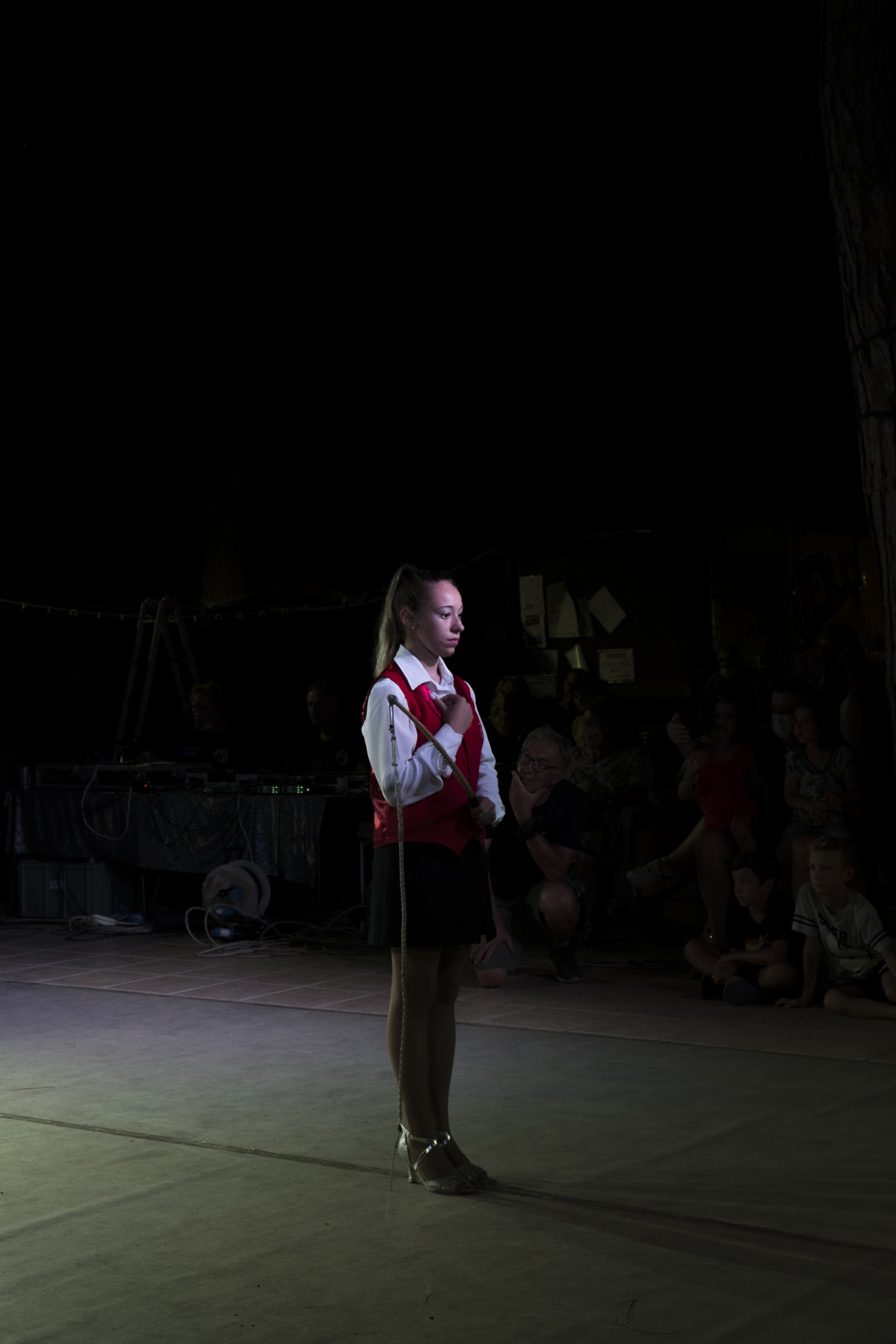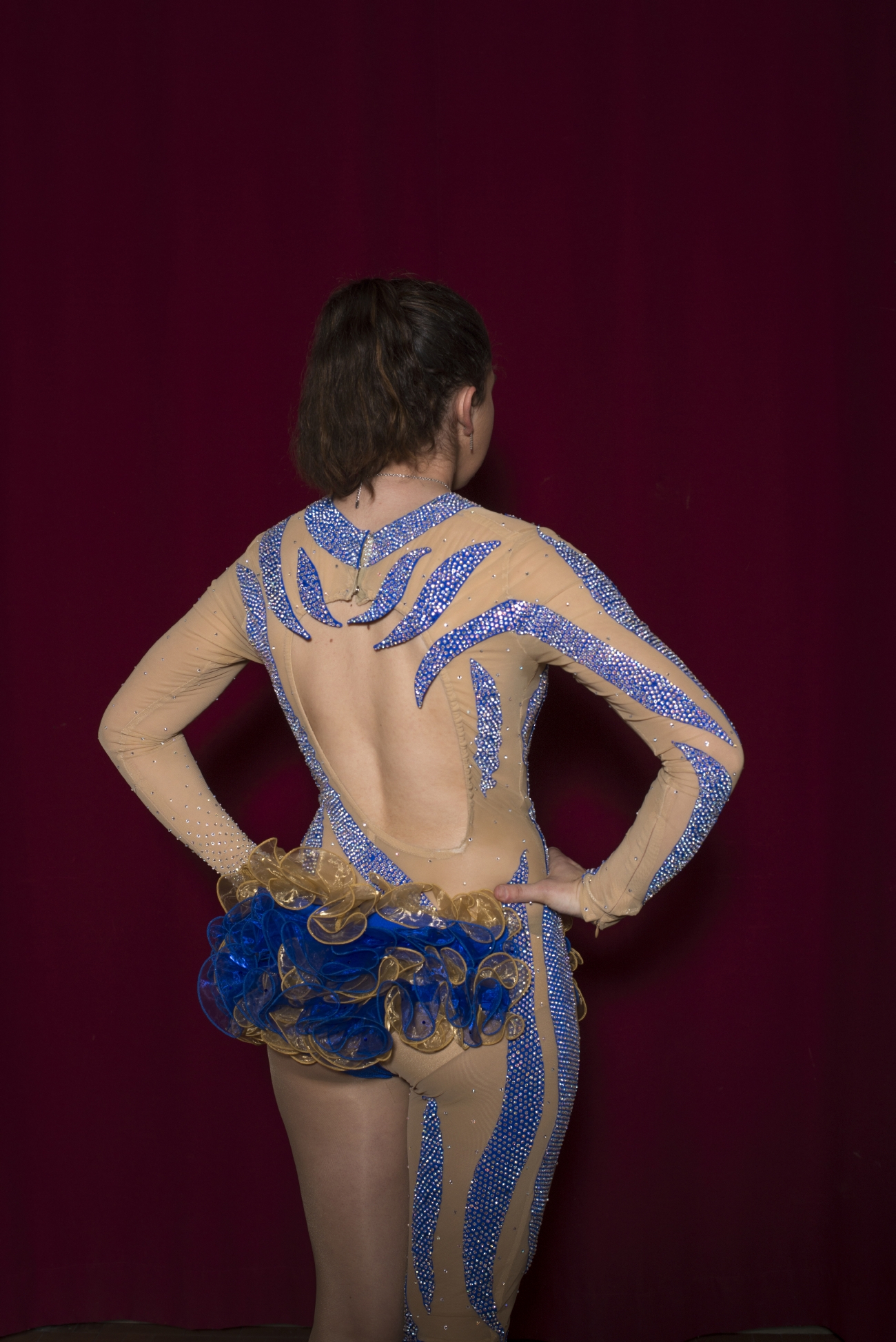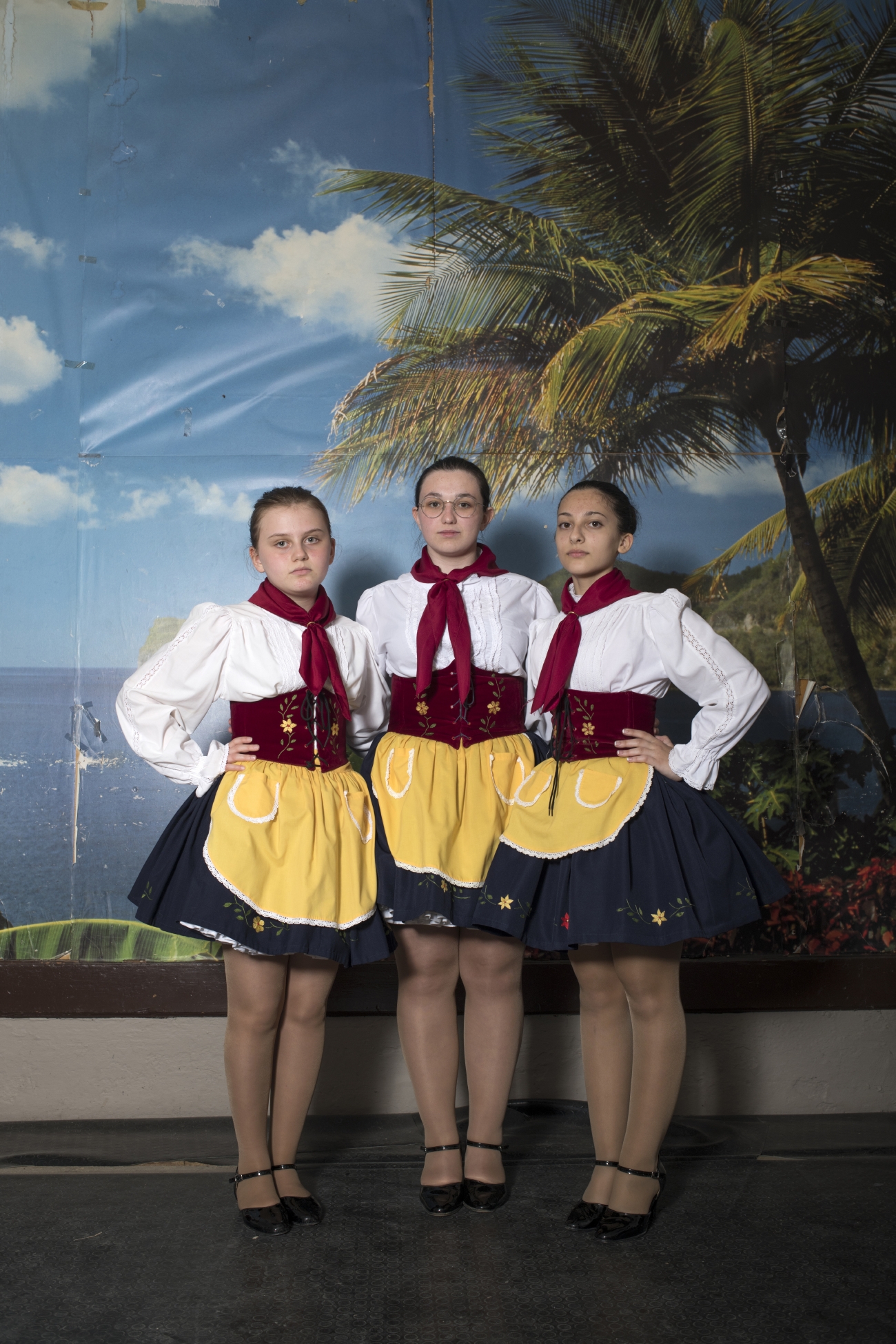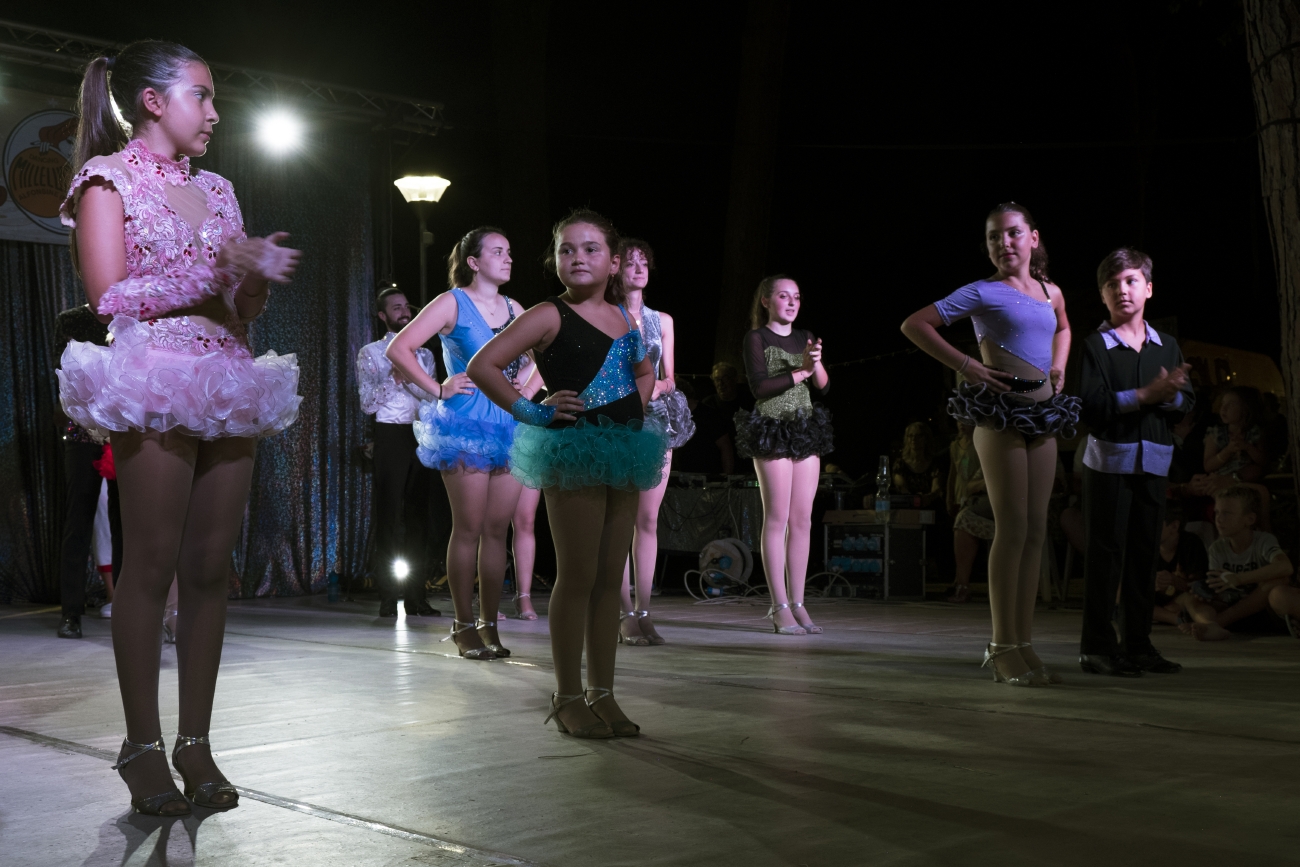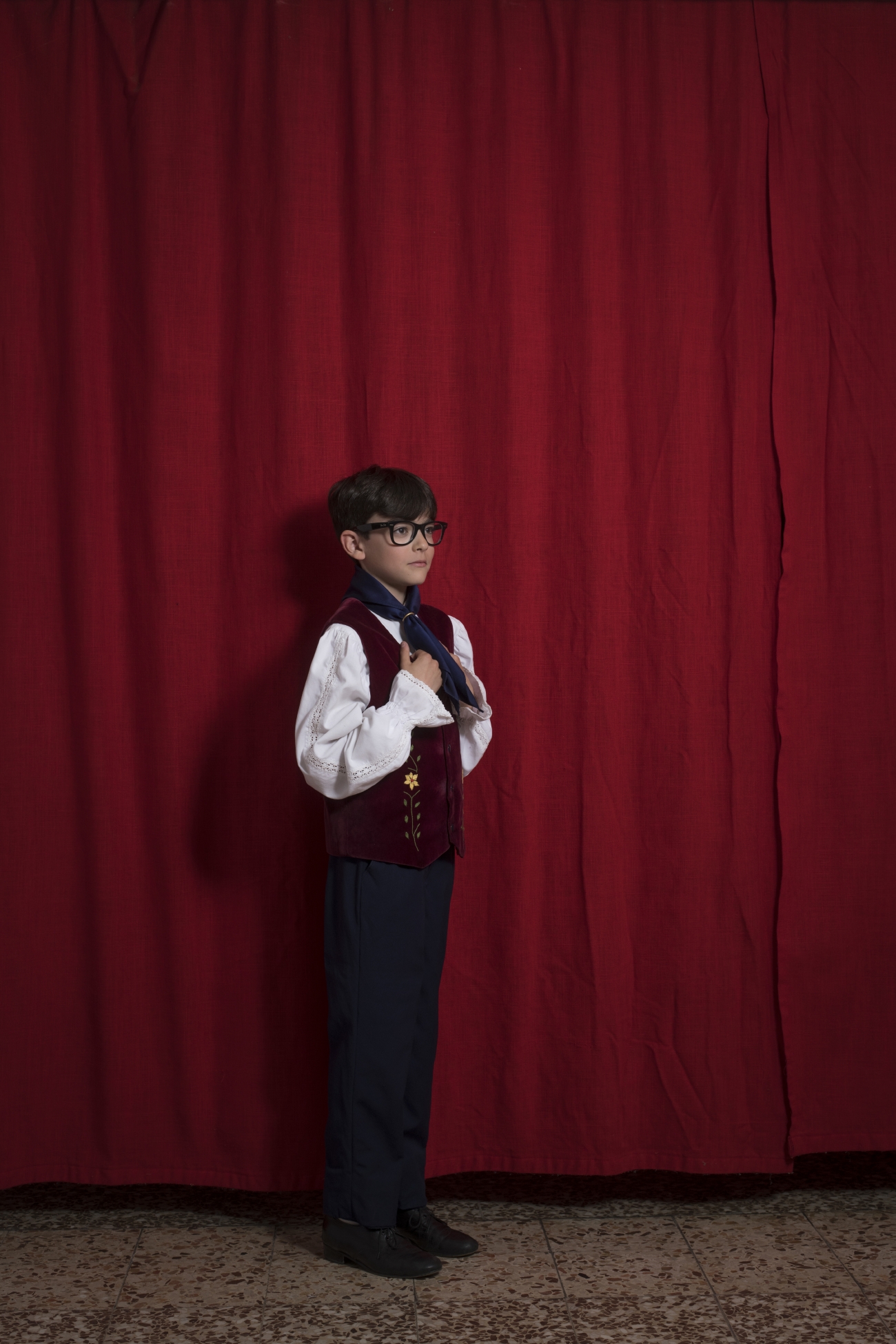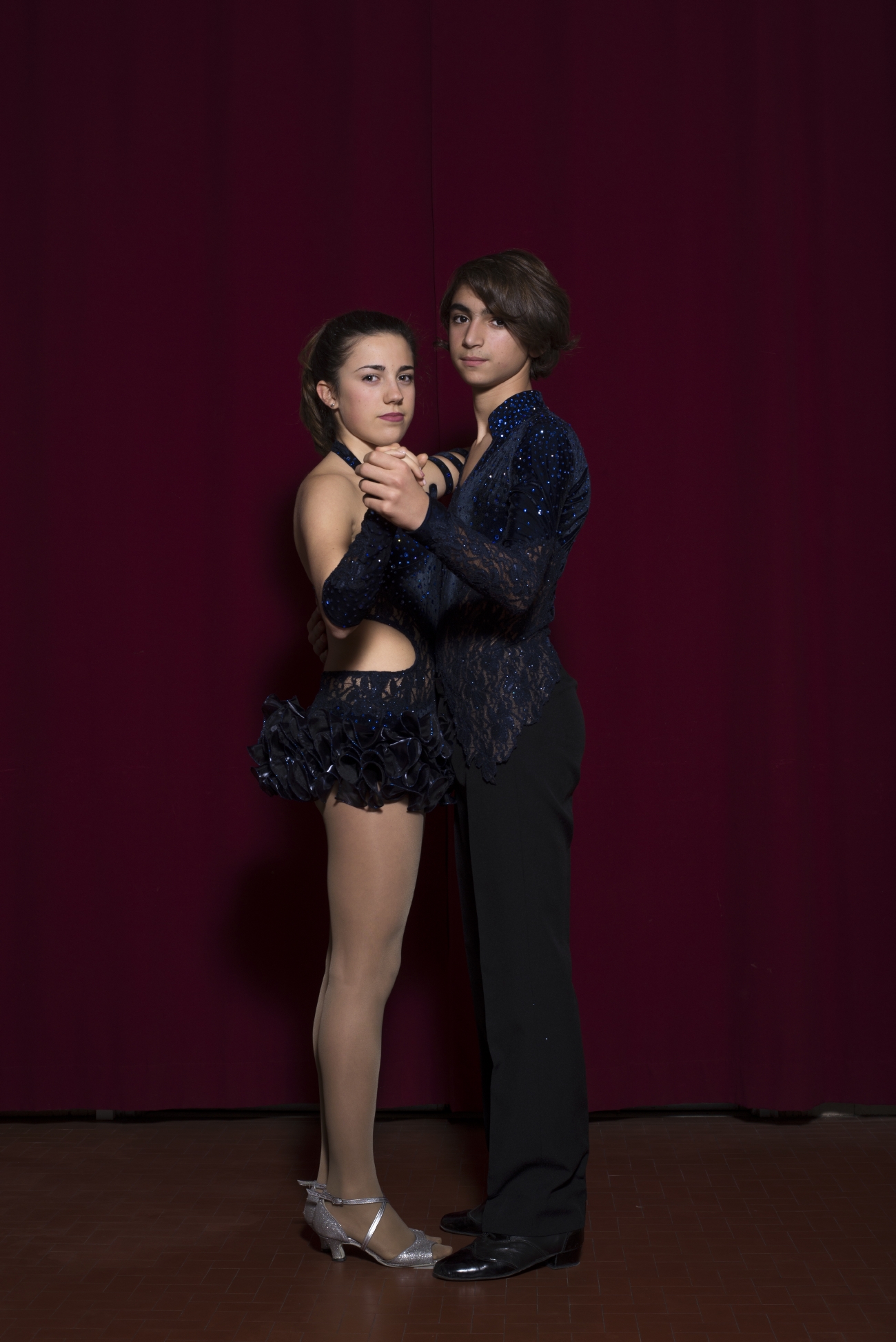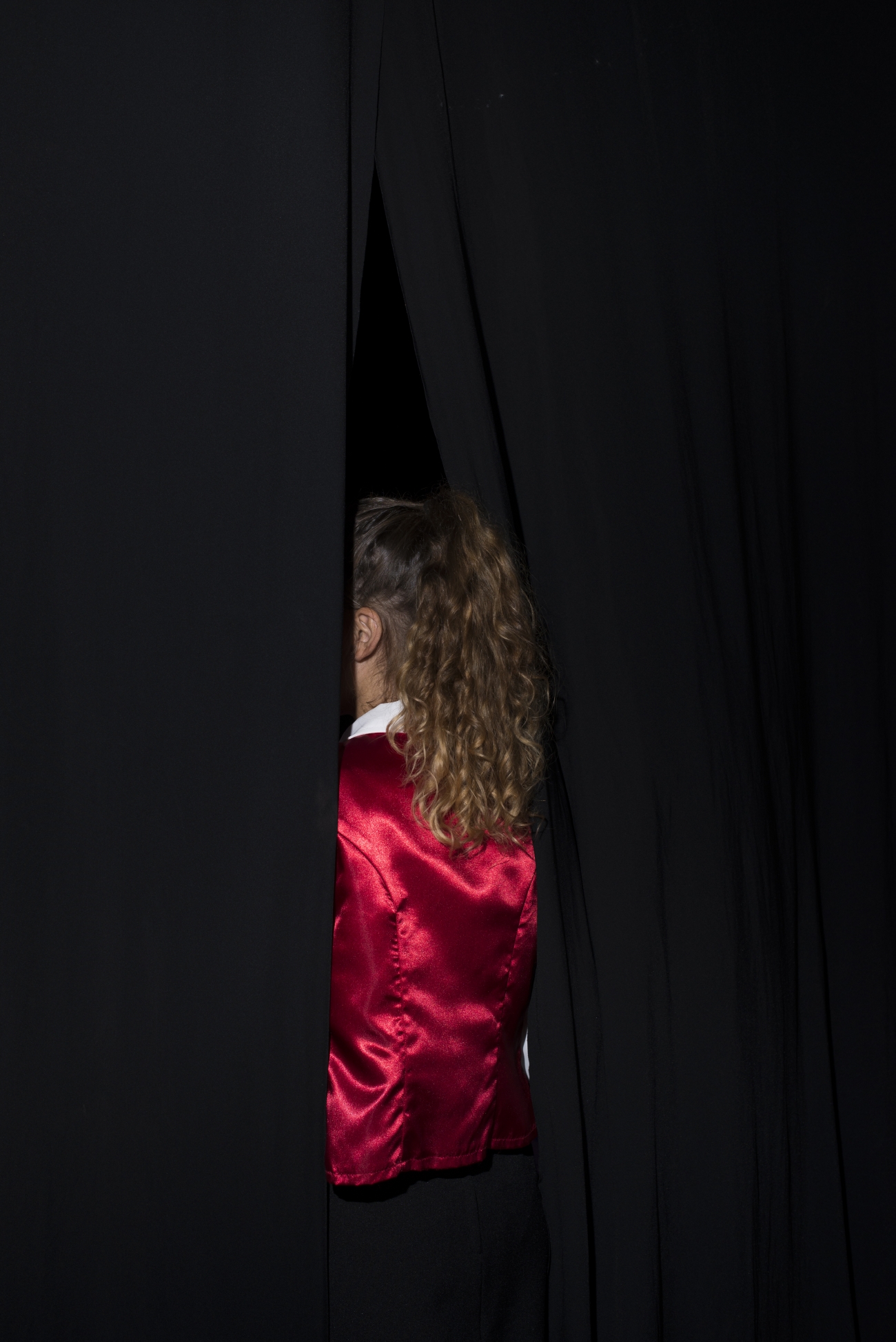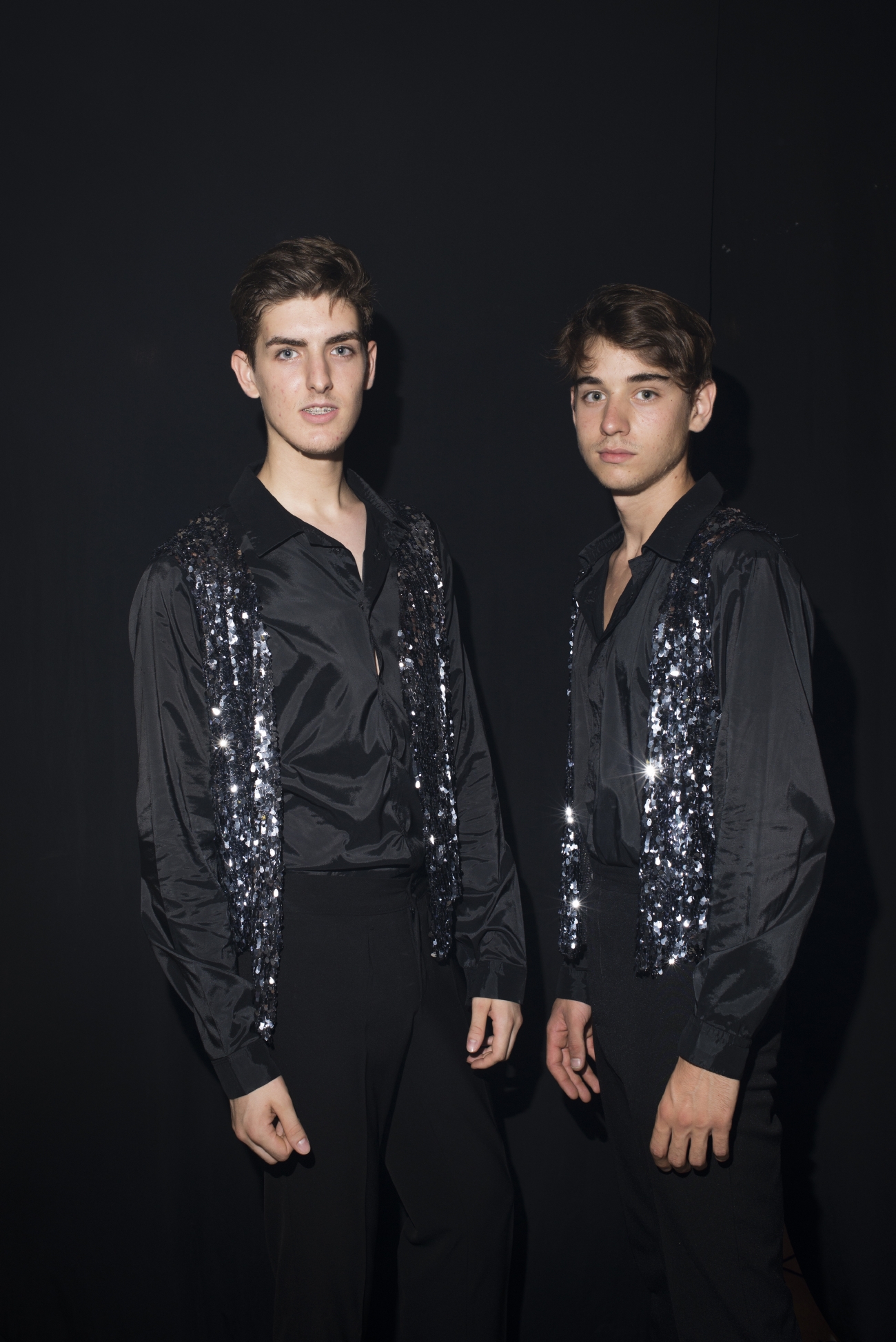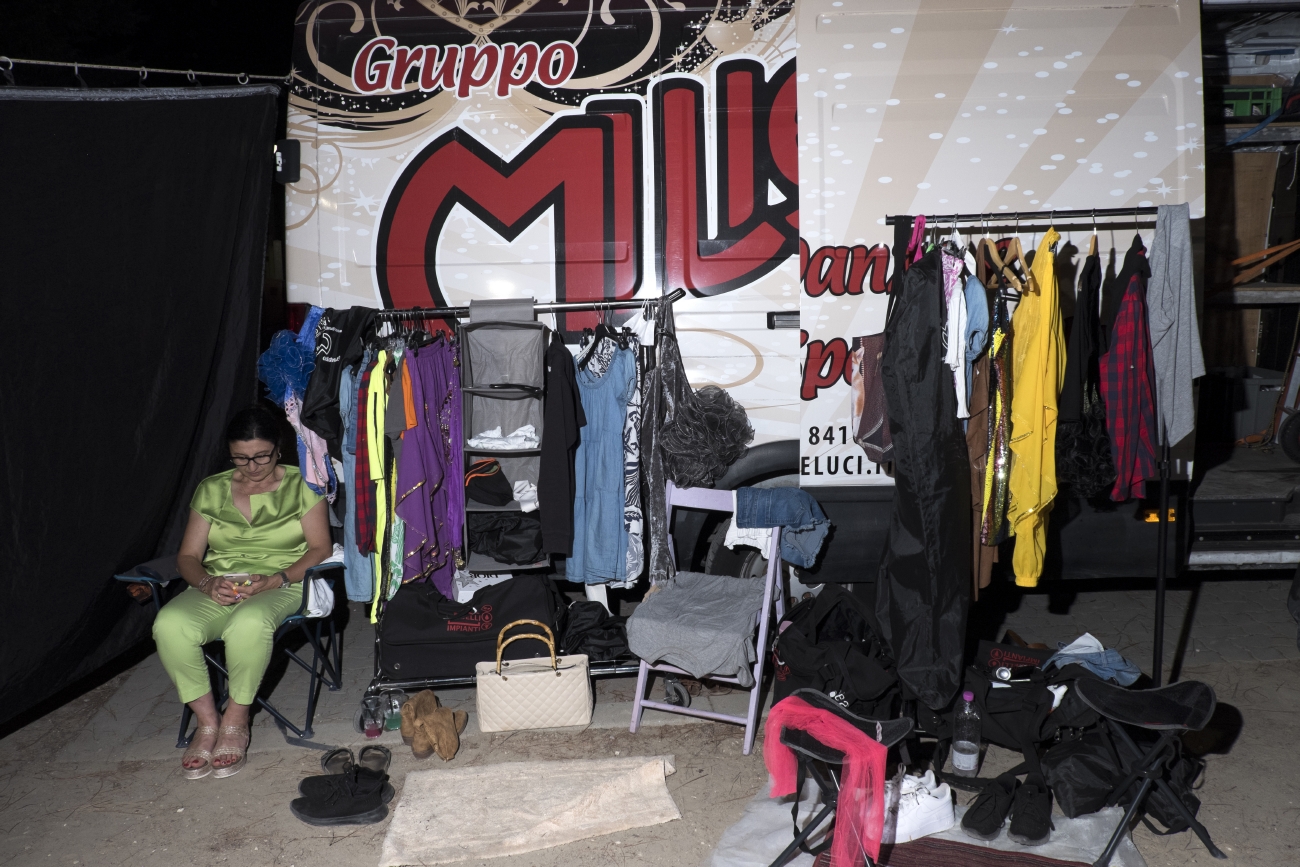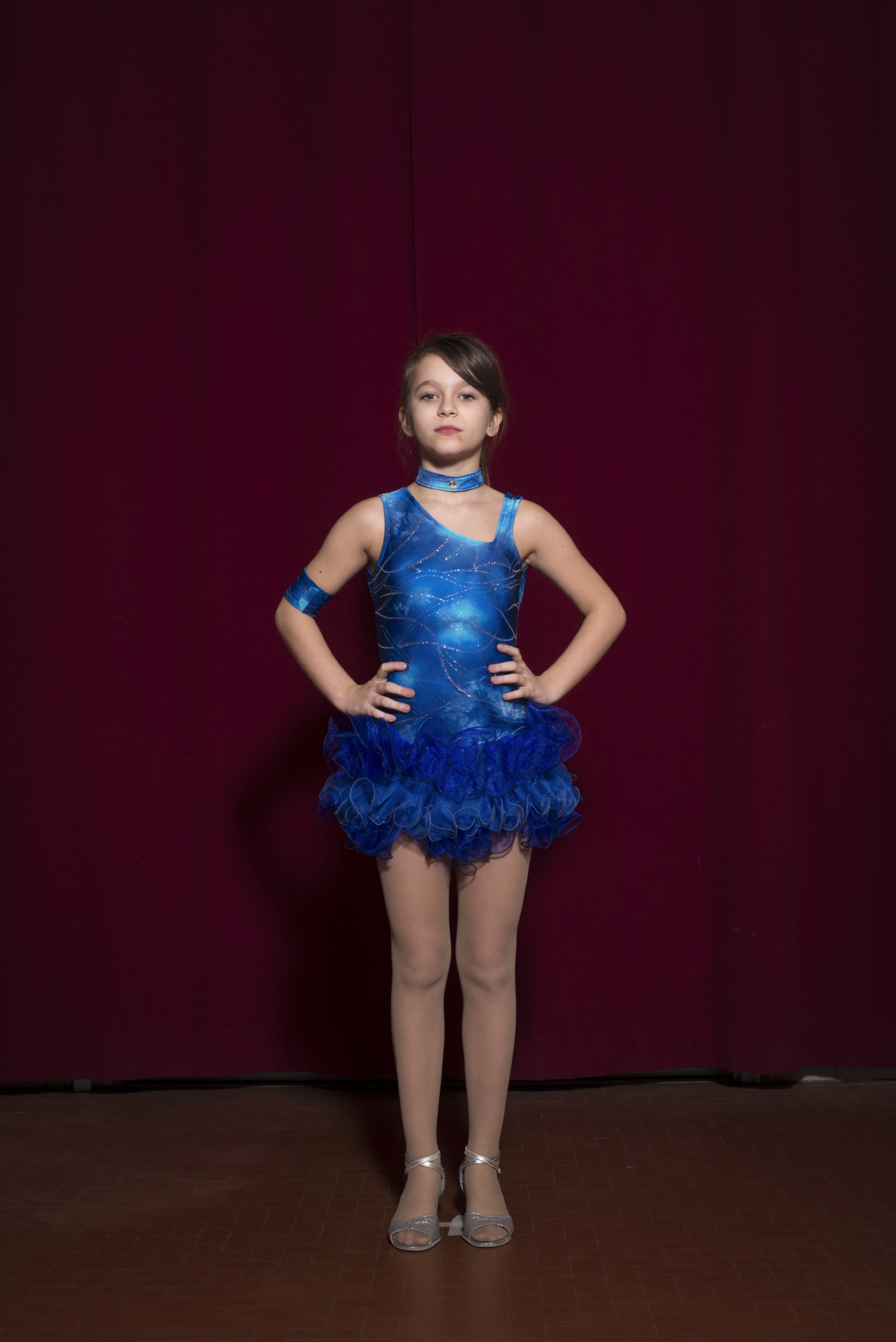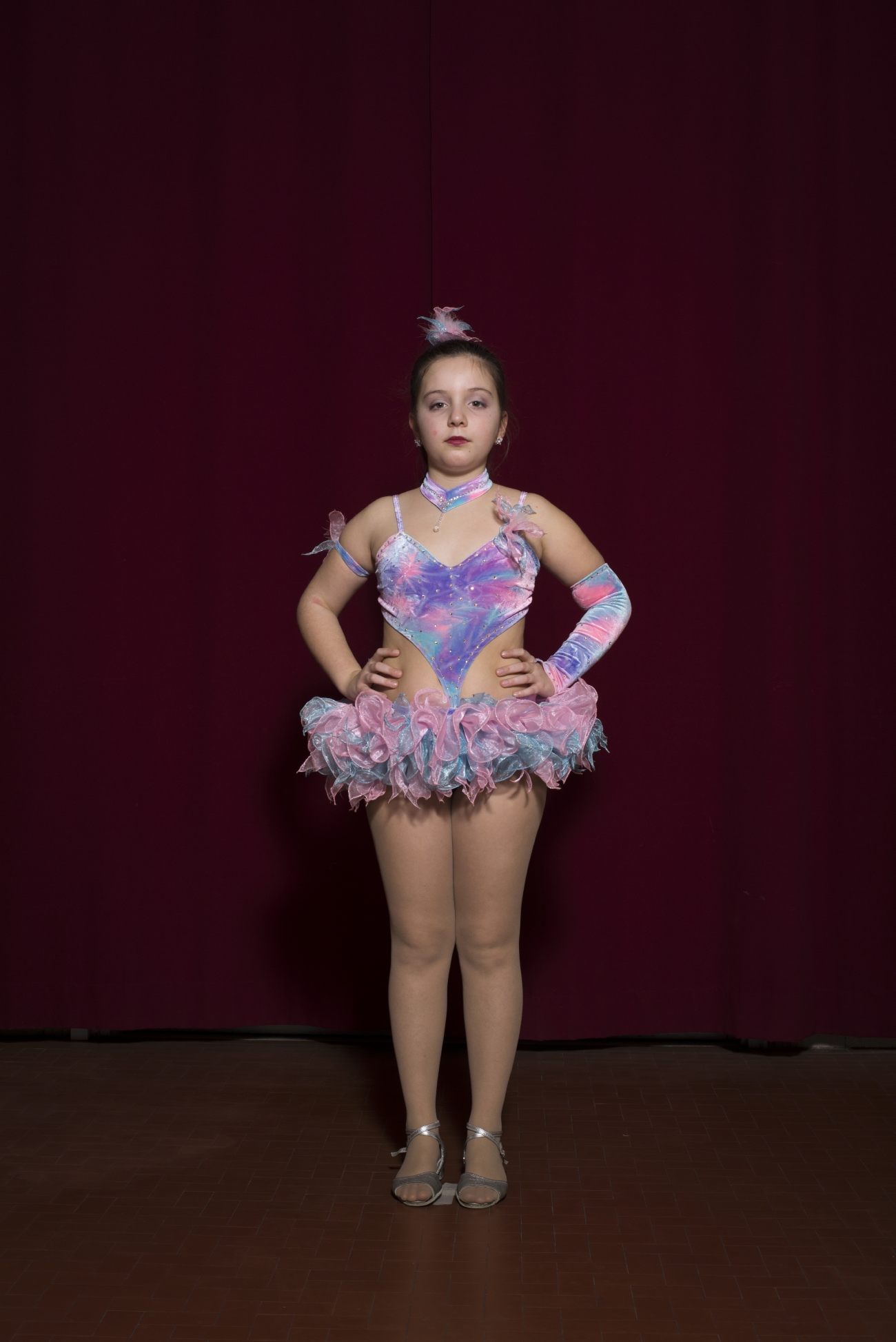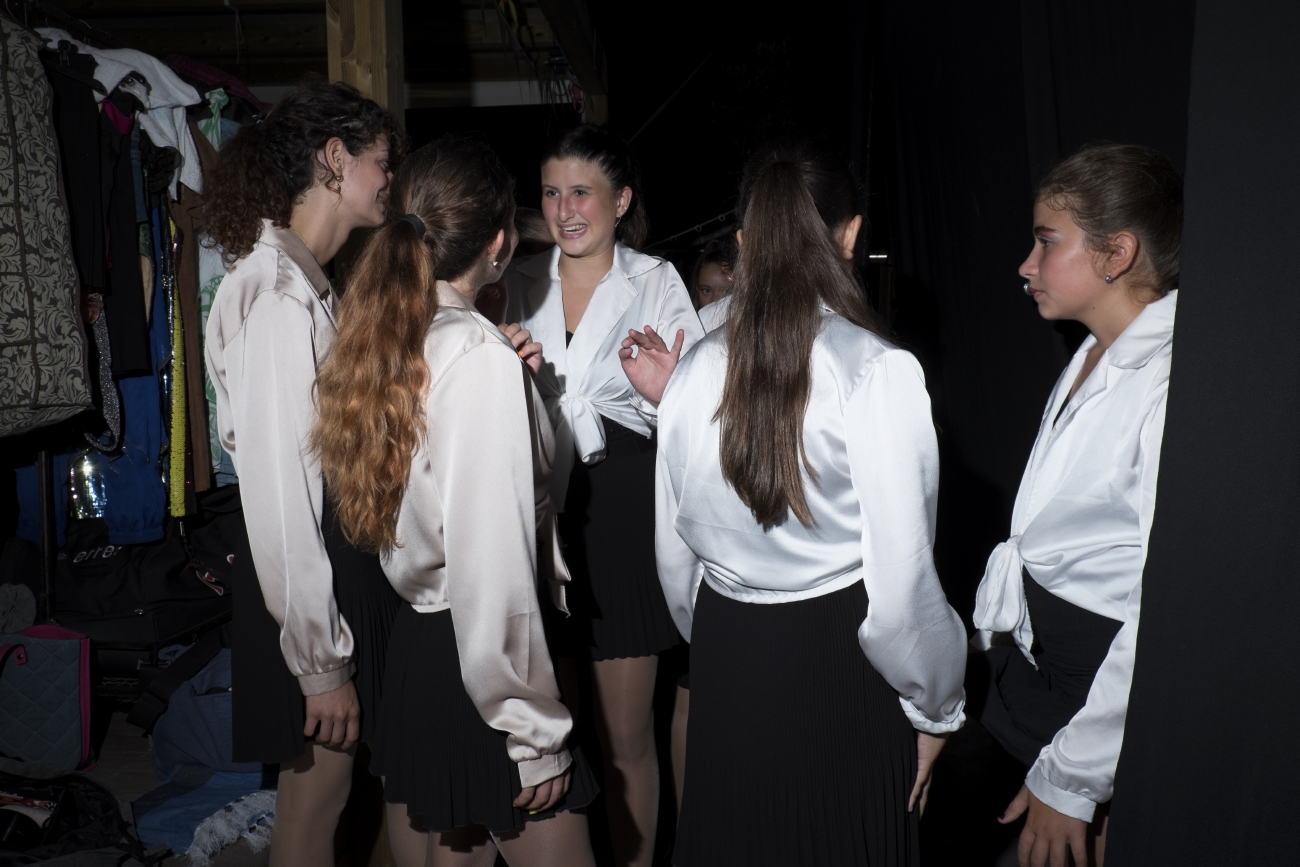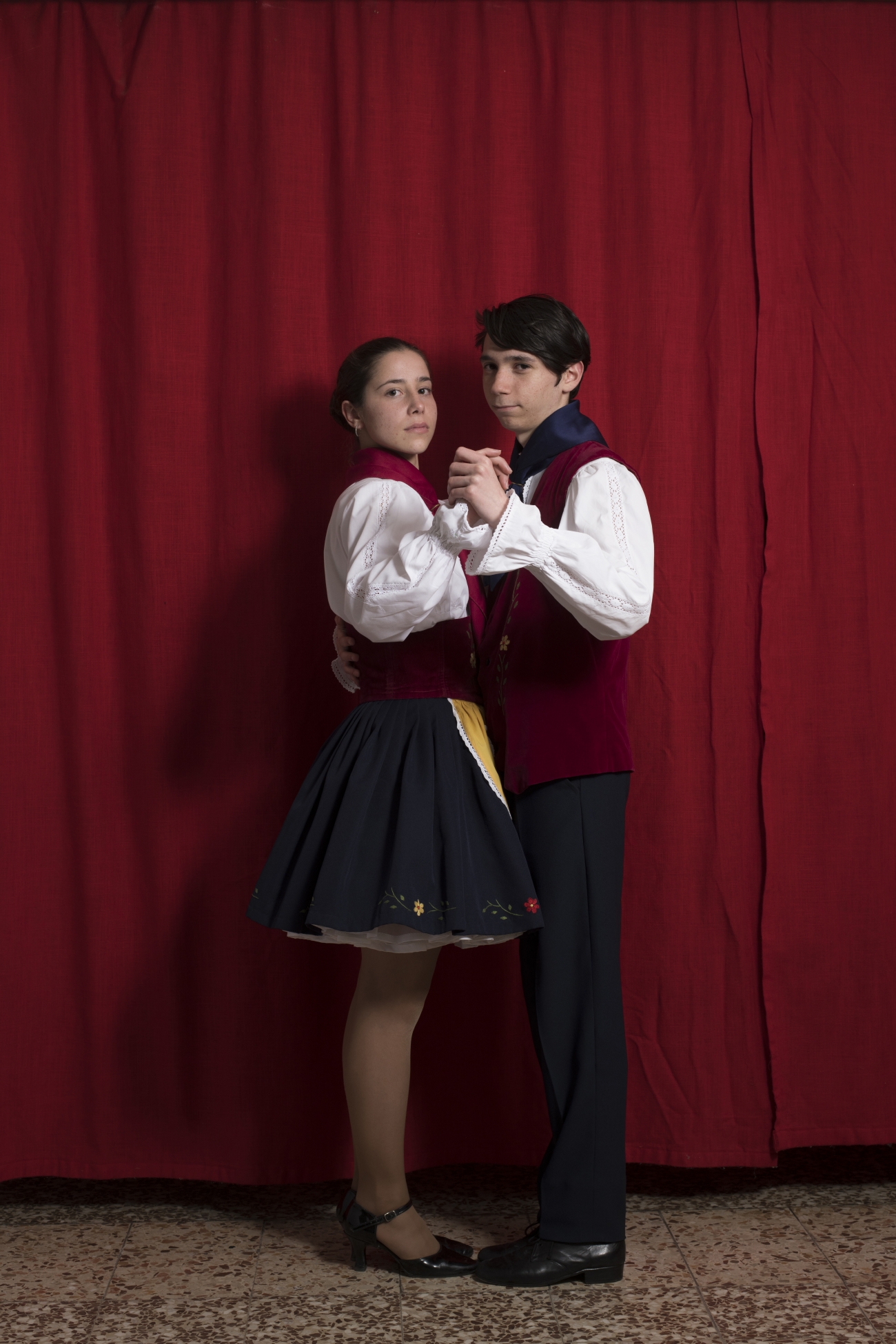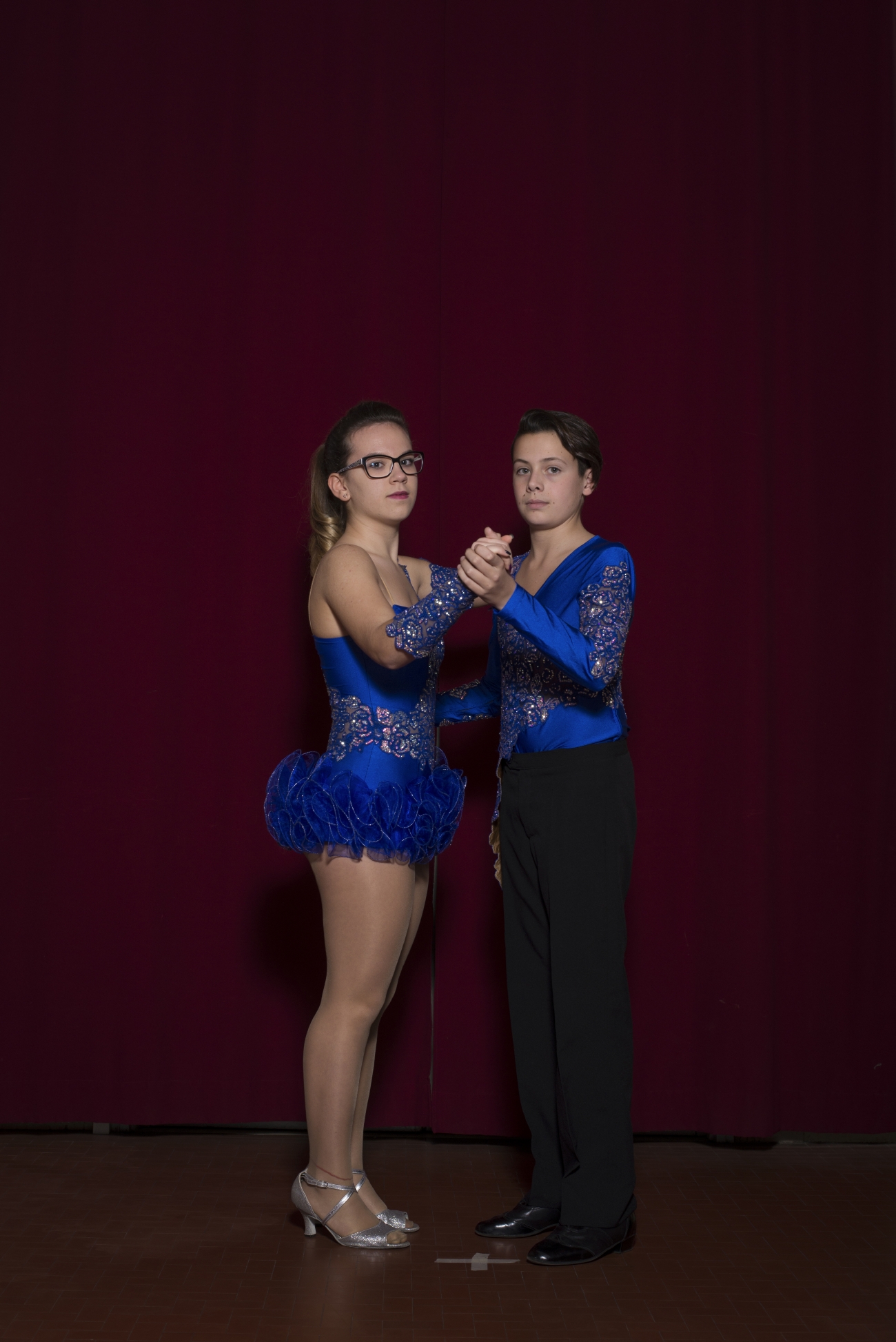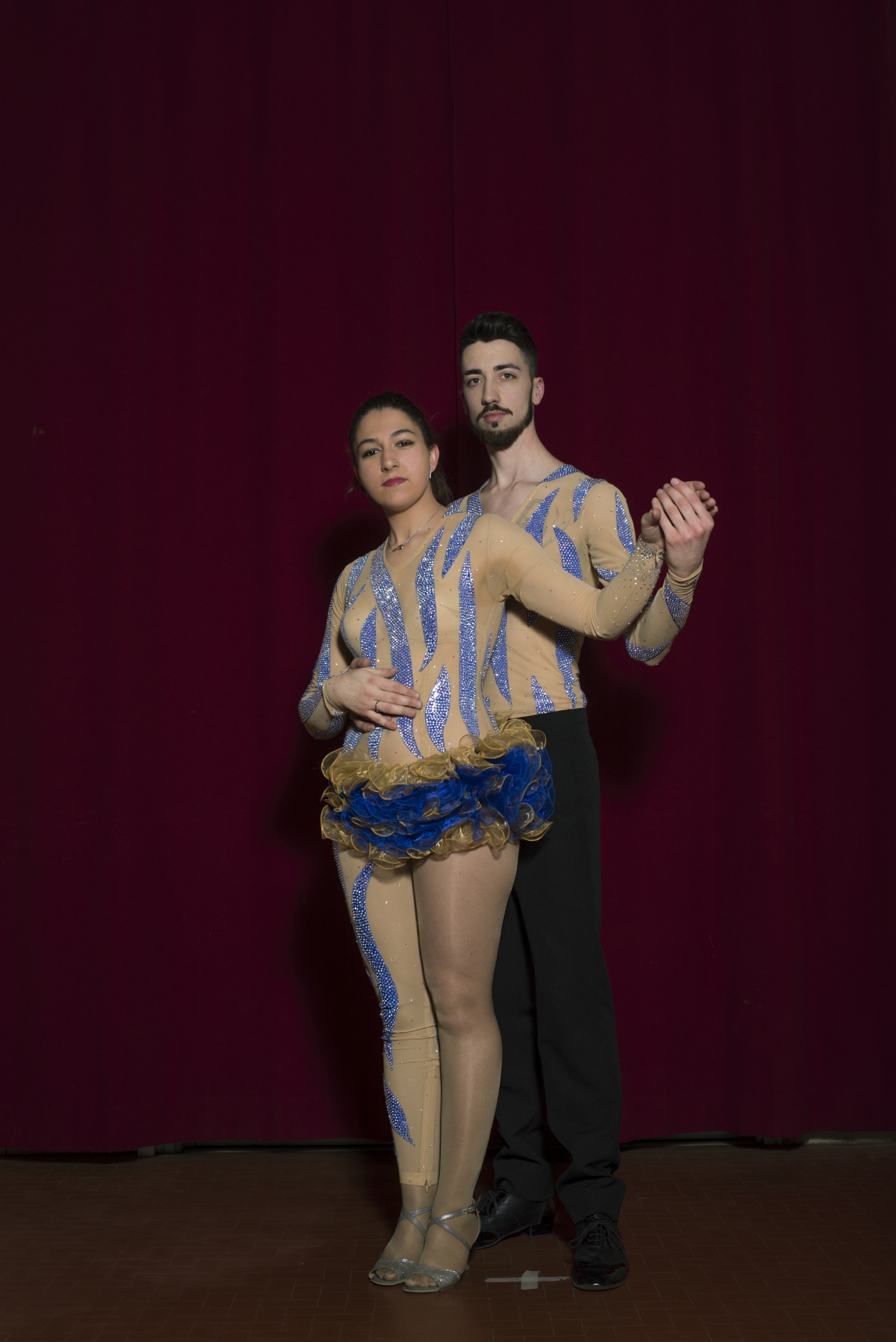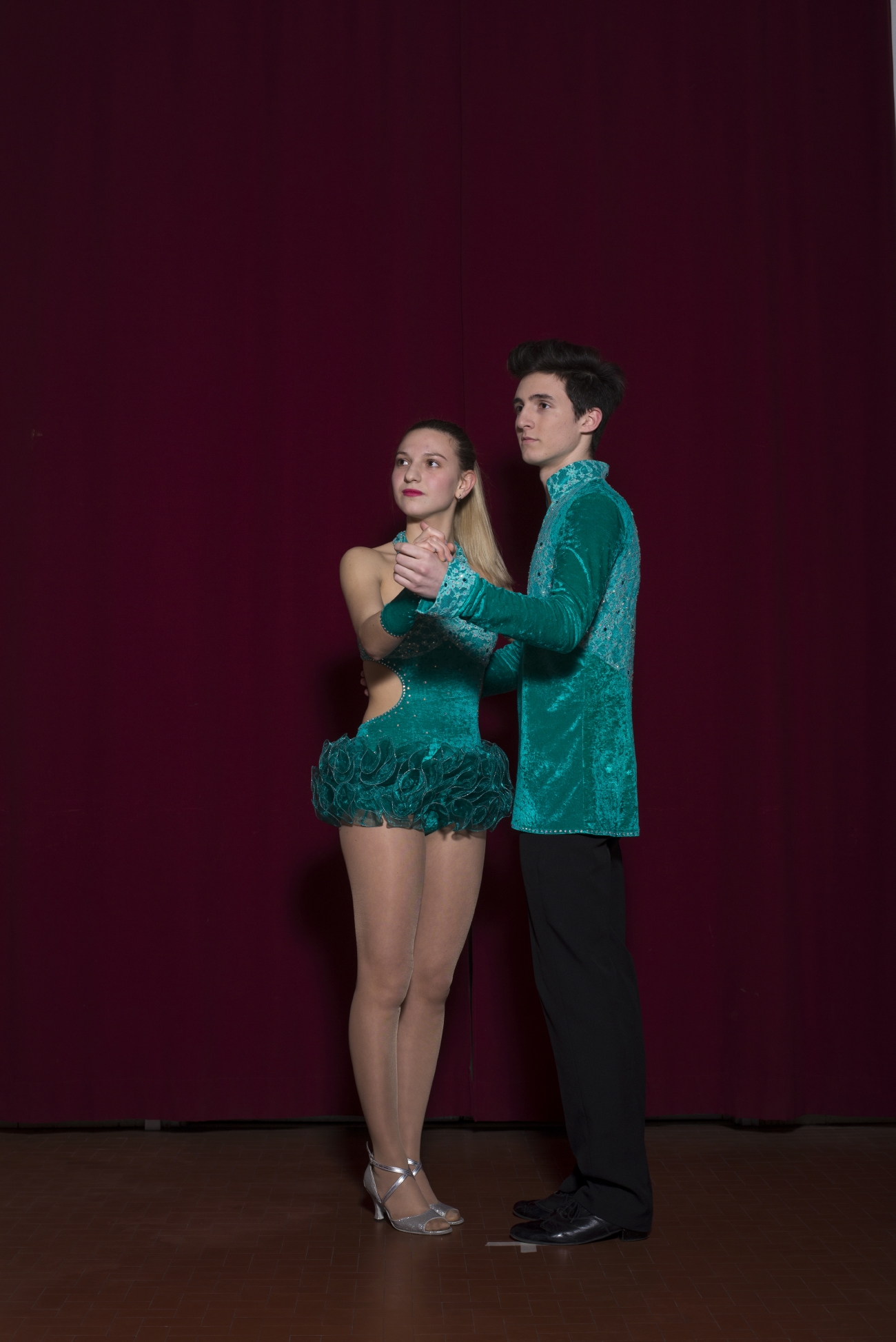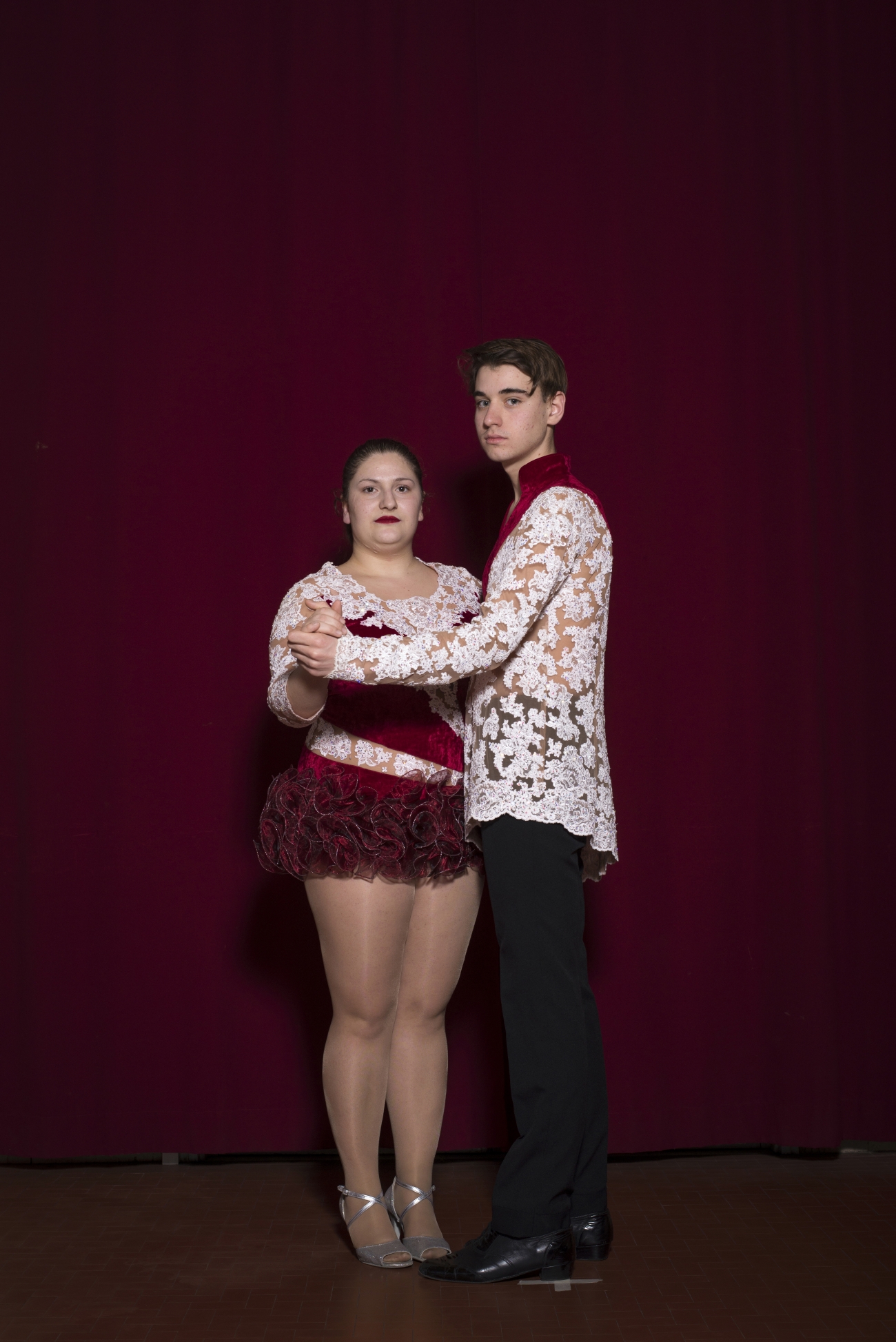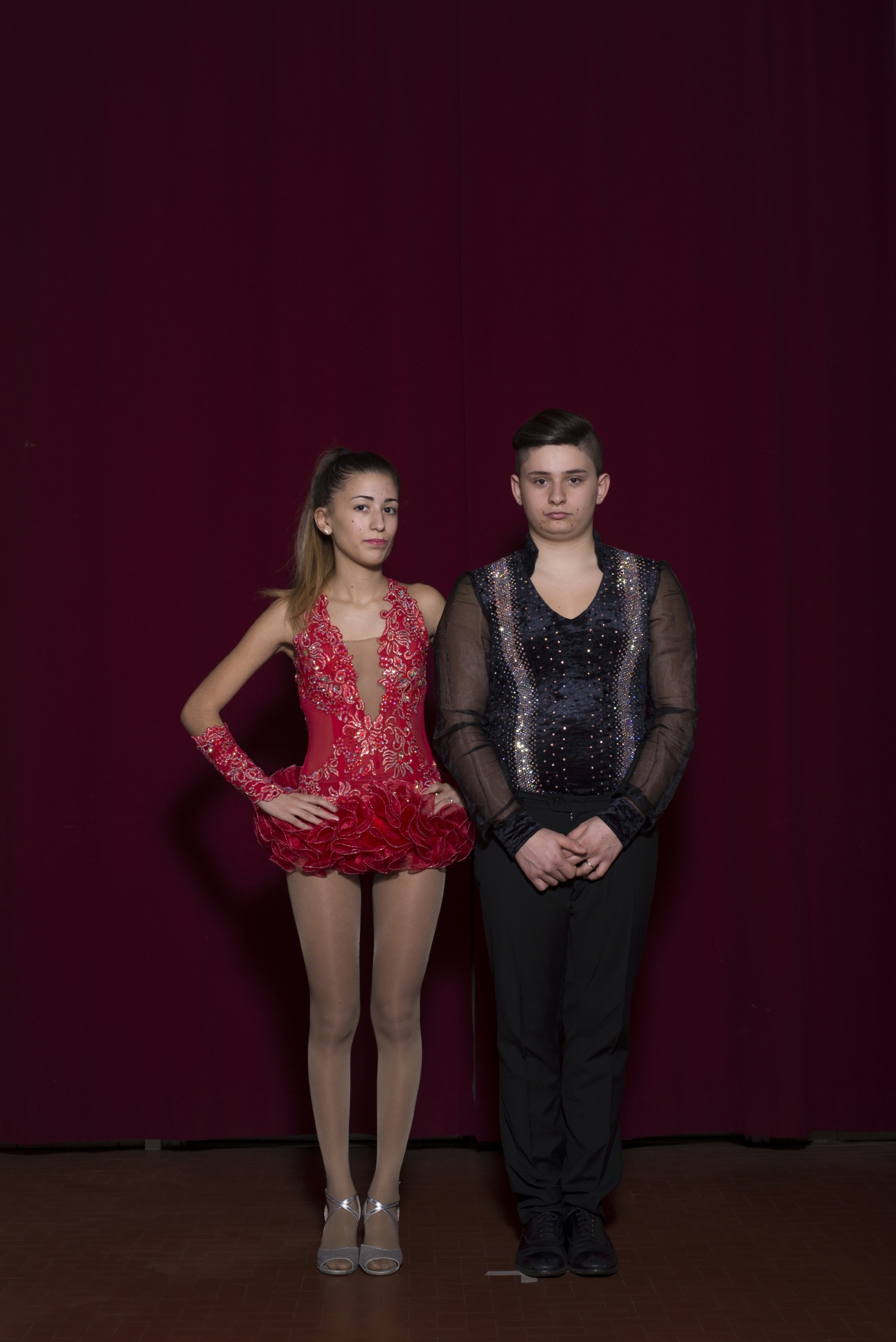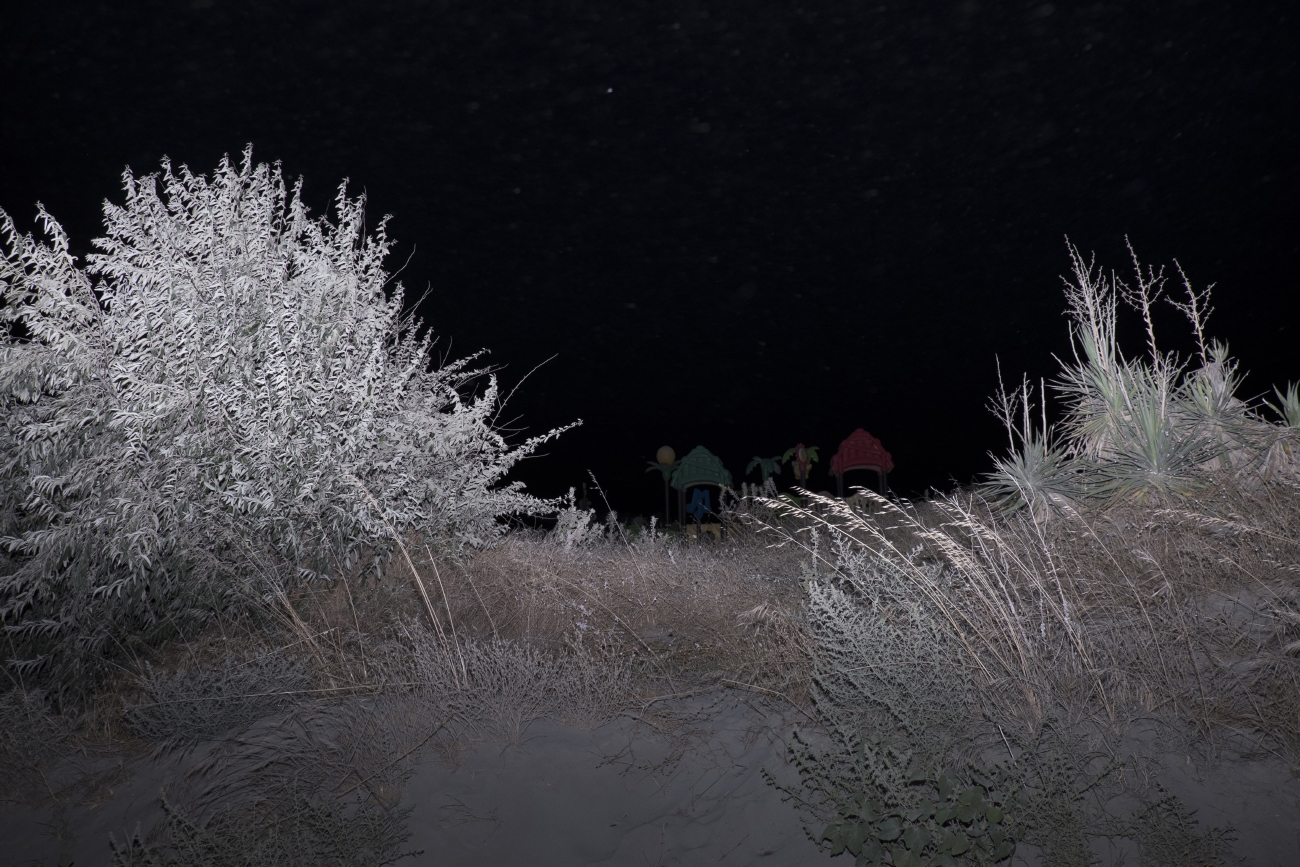Liscio Folk Dancing
The liscio is the popular italian dance of the Romagnola Riviera. After a period of apparent decline, is making a comeback
Photo by Laura Liverani
Liscio, the Italian version of ballroom dancing, originated at the end of the 19th century in the Romagna region, and later spread all over the country. This type of popular dancing, which is also known as Romagnolo Folk, comes from the polka and the mazurka, and is usually performed in pairs. Liscio had its heyday in the 1980s, but in recent years it has been going through a process of cultural and social revitalization, after over a decade of apparent decline.
On closer inspection, however, it’s clear that Liscio never stopped being practiced, especially in rural areas. The dance has always been ubiquitous on the Romagnola Riviera: at summer festivals, in the countryside or on beach stages with live orchestras, in dedicated ballrooms called balere, where ballerini of all ages dance and the sciucaren, the whip lashers, strike their whips to the sound of the clarinet. Despite being more visible in the summer with public dance shows, Liscio is practiced all year round, in small villages and towns alike, in amateur schools, dance groups and clubs in Emilia Romagna and elsewhere.
Here children and adults, who are often part of the same extended family, learn the tradition of Romagnolo folk dancing together. The youngest members in folk dance schools are usually referred to as ‘miniballerini’ (little male dancers) or ‘miniballerine’ (little female dancers). They are often introduced to the dance group by their older relatives, who are dancers or former dancers at the same club. Dancing partners can rehearse and perform together for years, sometimes from a very early age.
On stage they wear matching costumes that are typically handmade, either by themselves or by relatives. It’s also quite common for dancing partners to become a couple outside the dance club. How did this popular tradition develop into the passion that still engages amateur dancers across generations, not only in Emilia-Romagna but all over Italy? What is the significance of folk dancing in building a sense of belonging, identity and community?
On stage they wear matching costumes that are typically handmade, either by themselves or by relatives. It’s also quite common for dancing partners to become a couple outside the dance club. How did this popular tradition develop into the passion that still engages amateur dancers across generations, not only in Emilia-Romagna but all over Italy? What is the significance of folk dancing in building a sense of belonging, identity and community? The series portrays two amateur dance clubs and schools in Romagna: the Gruppo Folk Italiano ‘alla Casadei’ at the Scuola di Ballo Malpassi (the Malpasso dance school) and the Gruppo Ballerini Milleluci (the Thousand Lights dance group).
The Malpassi is one of the most iconic and respected schools, and is based in Ravenna, a town in the Romagna region. The school caters to all generations; its dance group performs at local fairs and summer festivals, as well as at national folk dance events. It also appears on television, and took the stage at Sanremo, the country’s most popular music festival. The school’s founder Bruno Malpassi, who is now in his eighties, learned Ballo Liscio dancing as a boy in postwar Romagna, and started his first dance group in 1968. The Gruppo Ballerini Milleluci, on the other hand, was founded in 1974 in Alfonsine, a small village in the Romagna countryside. It is, however, a young liscio dance club, seeing as it’s managed by a woman in her twenties, and many of its members are teenagers and children.
